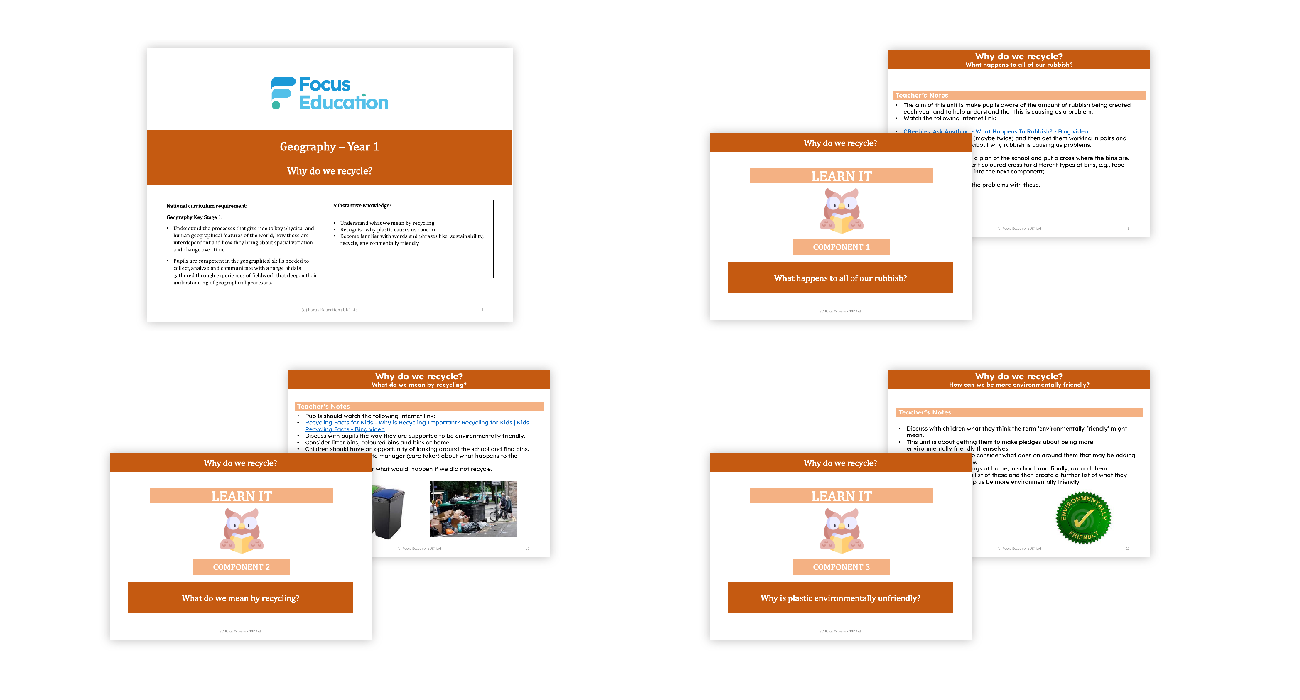Monitoring the Quality of Education in EYFS
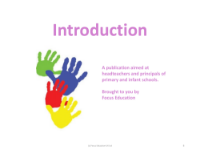
- ;This publication has been written primarily for school leaders, especially headteachers and principles of primary and infant schools.
- ;Leaders of early years should also find the publication useful to help them check coverage and sequences of learning in both nursery and reception classes.
- ;The vast majority of pages are set out as in Appendix 1 on the next page of this introductory section.
- ;Firstly, the book is sectioned into the three prime areas and four specific areas as in the framework for early years.
- ;For each section there is a focus on 3 and 4 year olds (effectively nursery) and for reception-aged children.
- ;For each section and age group a number of tables have been created (as shown in Appendix 1), which starts with the break down outlined in Development Matters.
- ;Appendix 1 shows that the first columns (marked with ‘a’) show that this information is taken from Development Matters.
- ;To the right is a ‘proposed learning sequence’ which has four parts following on from each other as indicated by the arrows.
- ;To the bottom right is either an end of nursery expectation for the area of learning or an early learning goal, this is marked with a ‘c’. The part coloured in red is specific to the activity being suggested.
- ;In addition, on the bottom left, marked ‘d’, there is a set of six key vocabulary words of phrases for each aspect.
- ;The last section provides you with a breakdown to help with the monitoring.
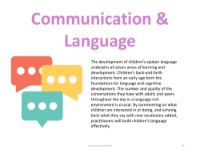
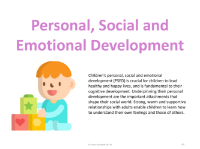


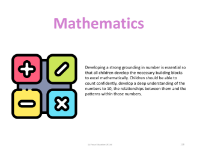


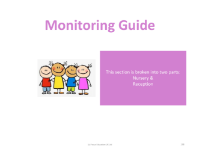
A set of monitoring tables for:
- ;Communication and Language- ;Personal, Social and Emotional Developments
- ;Physical Development
- ;Literacy
- ;Mathematics
- ;Understanding the World
- ;Expressive Arts and Design
And a monitoring and action plan. This resource contains separate monitoring tables and action plans for Nursery and Reception

- ;This publication has been written primarily for school leaders, especially headteachers and principles of primary and infant schools.
- ;Leaders of early years should also find the publication useful to help them check coverage and sequences of learning in both nursery and reception classes.
- ;The vast majority of pages are set out as in Appendix 1 on the next page of this introductory section.
- ;Firstly, the book is sectioned into the three prime areas and four specific areas as in the framework for early years.
- ;For each section there is a focus on 3 and 4 year olds (effectively nursery) and for reception-aged children.
- ;For each section and age group a number of tables have been created (as shown in Appendix 1), which starts with the break down outlined in Development Matters.
- ;Appendix 1 shows that the first columns (marked with ‘a’) show that this information is taken from Development Matters.
- ;To the right is a ‘proposed learning sequence’ which has four parts following on from each other as indicated by the arrows.
- ;To the bottom right is either an end of nursery expectation for the area of learning or an early learning goal, this is marked with a ‘c’. The part coloured in red is specific to the activity being suggested.
- ;In addition, on the bottom left, marked ‘d’, there is a set of six key vocabulary words of phrases for each aspect.
- ;The last section provides you with a breakdown to help with the monitoring.








A set of monitoring tables for:
- ;Communication and Language- ;Personal, Social and Emotional Developments
- ;Physical Development
- ;Literacy
- ;Mathematics
- ;Understanding the World
- ;Expressive Arts and Design
And a monitoring and action plan. This resource contains separate monitoring tables and action plans for Nursery and Reception
